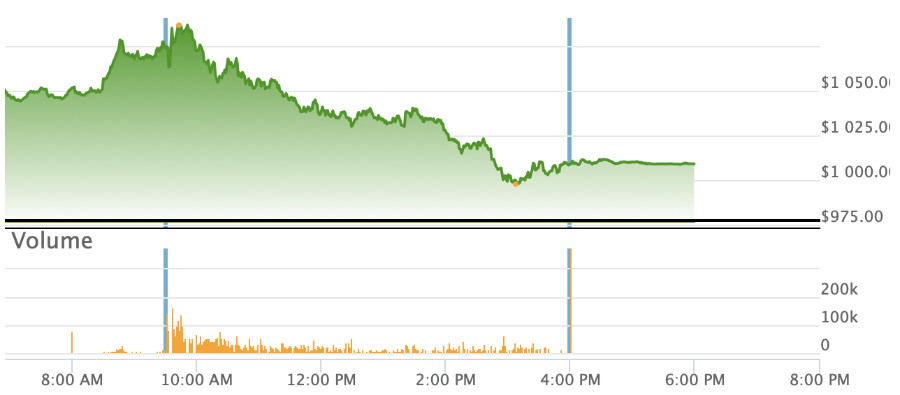Tiny Euro appropriate hatchbacks are already hyperefficient. Displacing the entire luxury sedan market is more impactful.
The legacy carmakers will fill the tiny car gap real quick.
This.
Tesla does not have to provide cars in all segments. Especially not since the cost of owning a small city car is much higher than using a robotaxi.
It is hard to truly grasp what the world (of mobility) will look like when level 5 autonomy exists, since it's never been invented. Similarly, for people in the 70's and 80's it was very hard to imagine a world where 90% of people had internet access. Very hard but not impossible. Some visionaries - reasoning from first principles - could see the future and some of these acted on it to make it a reality.
The problem with these thought experiments is that one needs to agree that something is possible before one can truly start imagining what the future would then look like.
Ask an 1850's person about airplanes or a 1980's person about social media and they'd most likely tell you that future is "impossible". Right now I observe the same attitude regarding level 5 autonomy, even on the Autonomy section of TMC. The vast majority of people nowadays thinks level 5 is either impossible or at least a decade away.
Some people however, think level 5 is a given:
-
Jim Keller: "You can train a neural network to extract the distance of any object and the shape of any surface from a video and date. It's really simple. That's a simple data problem." He believes in ten years FSD will be just a standard option that can be fitted to any car.
-
George Hotz (less optimistic regarding timelines but achieving level 5 is still a given to him)
- Elon Musk
- Andrej Karpathy
And me, but I'm not as intelligent as the people in the list above so let's discard my view about the matter

.
My point is, I'm quite certain level 5 will be achieved before the year 2030. (If not way sooner, but for the sake of the thought expirement let's stick with 2030).
Robotaxis are a given at this point. Yes, some people want to have their personal vehicle but the costs that will go with this will be immense and not worth it to most.
Autonomous transport of goods (trucks, vans) will also shake up the industry.
All reasons for travel will be displaced by autonomy at some point:
- work, hobbies -> robotaxi.
- shopping -> home delivery by autonomous vehicles you can open with the app of the provider or a code.
Example.
- travel -> robotaxi or renting a car. Renting will still exist but will equate to a full time robotaxi at your disposal, which will be much more expensive than just using robotaxi every day.
The elite will want their personal vehicle to keep their coat in their trunk, but this is a first world luxury problem the common man can do without. Even children seating is solvable with robotaxi: on the app you select the amount of passengers and the amount of children passengers, and a robotaxi with the right amount of booster seats shows up.
The above is of course only possible after an immense surge in robotaxis (and therefore production), so this is the long term future 10-20 years after achieving level 5 for the first time. Which could be as soon as 2023.
But it will happen. Just a matter of time. Elon wants this timeline to accelerate instead of stalling it by bringing a new smaller vehicle to market.
Robotaxi produced in 2024 will most likely be very cheap to produce and could very well be the first "single piece casting"-car body (aka the matchbox car) ever made.
Take the one casting, add some body panels, windows and an underbody consisting of battery/motors/drivetrain/wheels, and you've got yourself a car.
In the beginning level 5 will be exclusive so therefore robotaxi will be able to sell for a high price with insane margins. Or Tesla can keep them and make money by running the fleet. We'll see.
Either way, I'm HODLing as to reap the rewards.

 teslamotorsclub.com
teslamotorsclub.com



/cloudfront-us-east-2.images.arcpublishing.com/reuters/F43X2IP2ZRKERGPSIC7CSZY3DE.jpg)